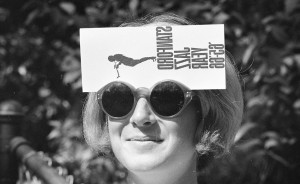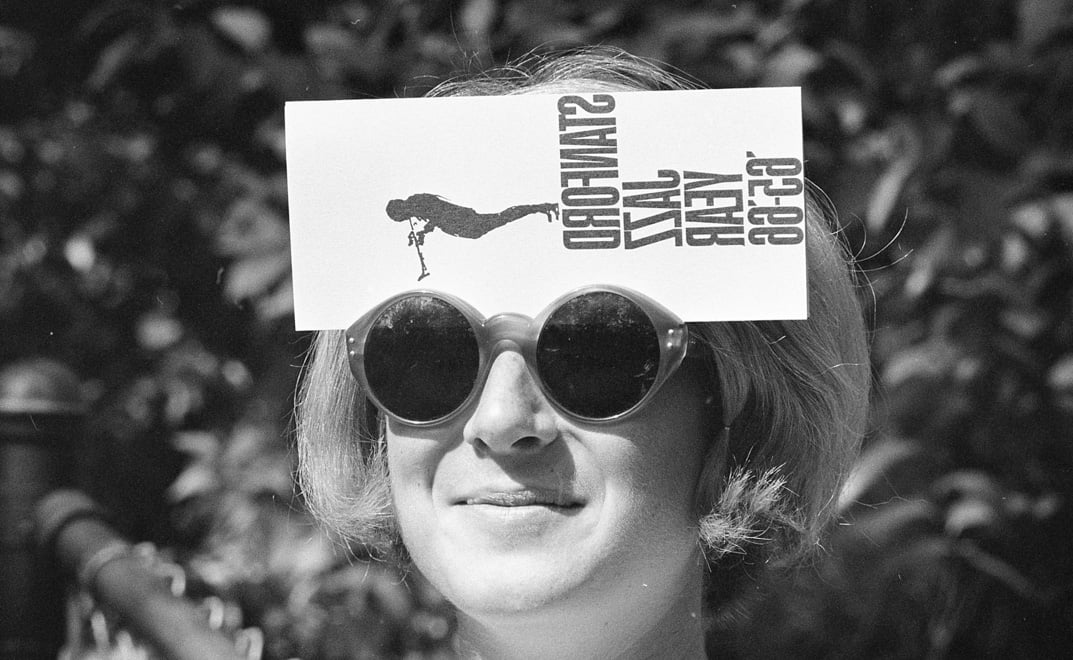Joan Baez. The Grateful Dead. Creedence Clearwater Revival. Eric Clapton. These are just a few names that have performed at Stanford’s Frost Amphitheater. But Frost has not consistently hosted greats like these throughout its existence — indeed, the venue has had quite the roller coaster of a history.
Before the era of rock ‘n’ roll, Frost was simply an event venue for speakers and commencement was often held in its grassy arena. Occasional jazz and classical musicians would play there.

However, beginning in the late 1960s, Frost Amphitheater, situated between the Main Quad and Stanford Stadium, became the grassy stomping grounds for some of the biggest acts of the rock ‘n’ roll era.
In the fall of 1972, reports of robbery, violence and extreme drug and alcohol abuse during these events led the University to ban on all concerts on campus. Not one amplifier was heard until an ASSU affiliate organization (now-defunct) called Special Events re-emerged in the mid 1970s and revived the concert scene.
Special Events was an entirely student-run organization, and while it shared many similarities to Stanford Concert Network (SCN), the University’s current student-run concert promotion organization, Special Events had some particularly special qualities.
The group was responsible for booking all concerts on campus and organizing with different venues to bring the most popular bands to the student body. Although the group was run by undergraduate students, it operated on an entirely professional level.
“People from all over the Bay Area came,” said Lenny Lieberman ’80, one of the student organizers of Special Events. “You would not distinguish between a Stanford concert and a concert anywhere else.”
According to Lieberman, the group would call ICM and William Morris, two prominent talent agencies, on a daily basis. One of the core directors of Special Events, Marc Curtis ’78, recalled the concert promotion group was a full-time job.
“In the 16 months I ran special events, I was there 9-to-5, Monday through Friday,” he said.
Local artists like Baez often preferred to play at Stanford, according to Lieberman, as the student culture oftentimes made for a better audience.
The group spent around $10,000 per headlining act, occasionally more for really big names. During Curtis’ tenure, the group paid Frank Zappa $25,000. The students who ran Special Events, were, according to Lieberman, a very entrepreneurial and driven group of people. Many of them went on to work in the concert promotion business —Daniel Scher ’73 MBA ’75, one of the core organizers, worked for Bay Area rock concert promoter Bill Graham after graduation; and Brian Becker ’79, another leading force in Special Events, is now the chair and chief executive officer of Clear Channel Entertainment.
“You have to have students who are really committed,” Curtis said. “If you look at students who were involved in Special Events, many of them went on to be very successful in the entertainment business.”
Lieberman described the concerts as “high risk, high reward.” Some years the group turned a profit, other years it lost.
“We did a kind of cost-benefit analysis,” Curtis said. “If you lost $5,000, that was okay.”
That all ended in 1980, when the ASSU finally decided the financial risk was too great for the school — We probably overspent to get acts from Bill Graham,” Lieberman admitted — and they pulled the plug on Special Events.
Since the deterioration of Special Events, there have been a number of attempts — some successful, some not — to revive a rich concert scene on campus. On Sept. 1 just one year later, Public Services merged with the Office of Public Events to become University Events and Services, which hired full-time professionals to collaborate with ASSU organizations to bring concerts to the Farm. Fearful of financial mismanagement, the University also created The Committee on Contemporary Entertainment to review all concert proposals. When the University instated a moratorium banning all concerts on campus shortly thereafter, University Events and Services came to an end as well.
Finally, the creation of the current SCN in 1984 ended the two-year ban and injected life back into the campus music scene. Since then, SCN has put on a large number of shows every year —and has even brought the Grateful Dead back to campus.
In 2012, SCN decided to make homage to the Special Events era, when the Stanford concerts were at their zenith, by planning a Frost Revival Concert. Two-day music festival in the Spring brought in headliner Modest Mouse.
“We decided that Frost would be a representation of Stanford rocking in the ’70s,” said Alberto Aroeste ’13, one of the organizers of Frost Revival in 2012 and former SCN director. Even the poster artwork was outfitted to look like a psychedelic bubble-lettered poster of the rock era.
This weekend will commence the third Frost Arts and Music Festival, showcasing visual art alongside the concert. However, with more oversight from the ASSU than Special Events ever had, SCN struggles with its relatively small budget.
“Bands cost so much money,” said Frances Ball ’15, the president of SCN.
Despite this, in future years, SCN hopes to be able to bring larger names to campus to regain the eminence that Stanford festivals once had.
Contact Josie Hodson at [email protected].
